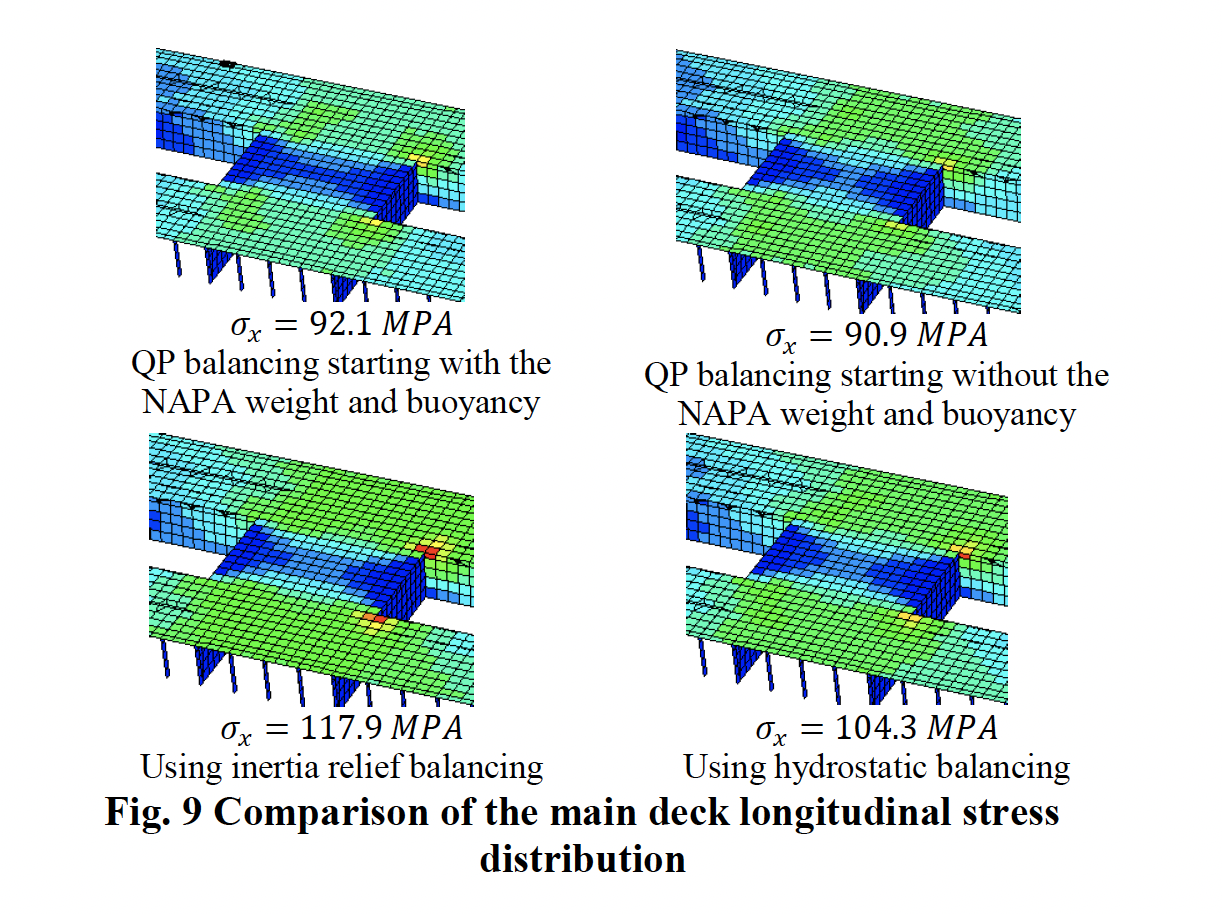MAESTRO-Wave
The MAESTRO-Wave module provides the ship designer with an integrated frequency-domain/time-domain computational tool to predict the motions and wave loads of floating structures. Because this tool is integrated into the MAESTRO interface, the learning curve is greatly reduced and the need to transfer data between programs is eliminated. MAESTRO-Wave takes advantage of the existing structural mesh and defined loads to formulate the equations of motion. This approach results in a perfect equilibrium for the structural model so no inertia relief or artificial loads are required to balance the model. Bending moments, shear forces and torsional moments are all automatically in closure. MAESTRO-Wave can also account for tank sloshing loads and provides several roll damping options. The computation of hydrodynamic forces is based on one of several user-selected analysis methods:
3D panel potential theory using the zero speed Green function with a speed correction parameter
2D Strip Theory using either the Free Surface Green Function or the Rankine Source Method
2.5D High Speed Strip Theory using the Rankine Source Method including the forward speed term
Regardless of the method used, the MAESTRO-Wave output provides a unit wave database and panel pressure loads for all of the speeds, headings, and wave frequencies run. A variety of visualizations and output data are available to aid the user with post-processing.
Further Reading
-

A Method of Applying Linear Seakeeping Panel Pressure to Full Ship Structural Models
-

Applying Sectional Seakeeping Loads to Full Ship Structural Models Using Quadratic Programming